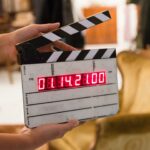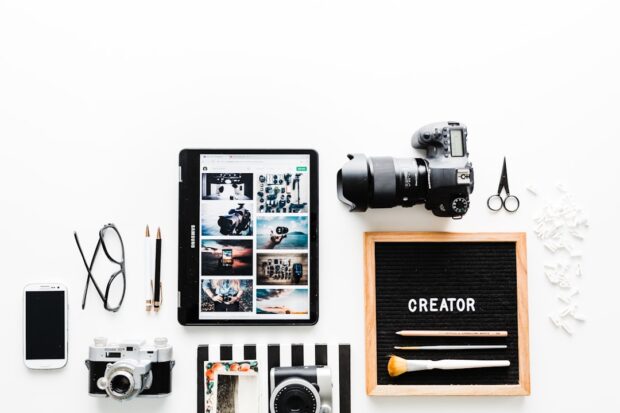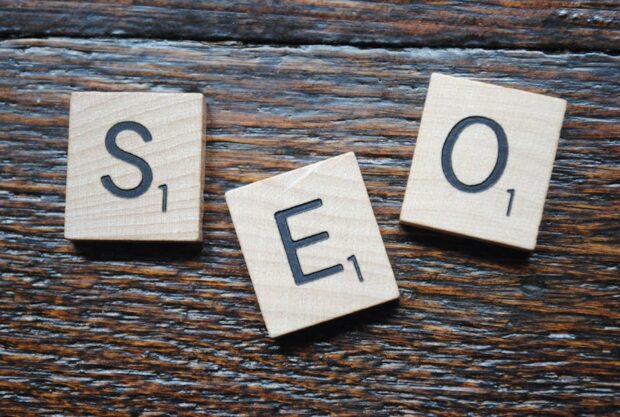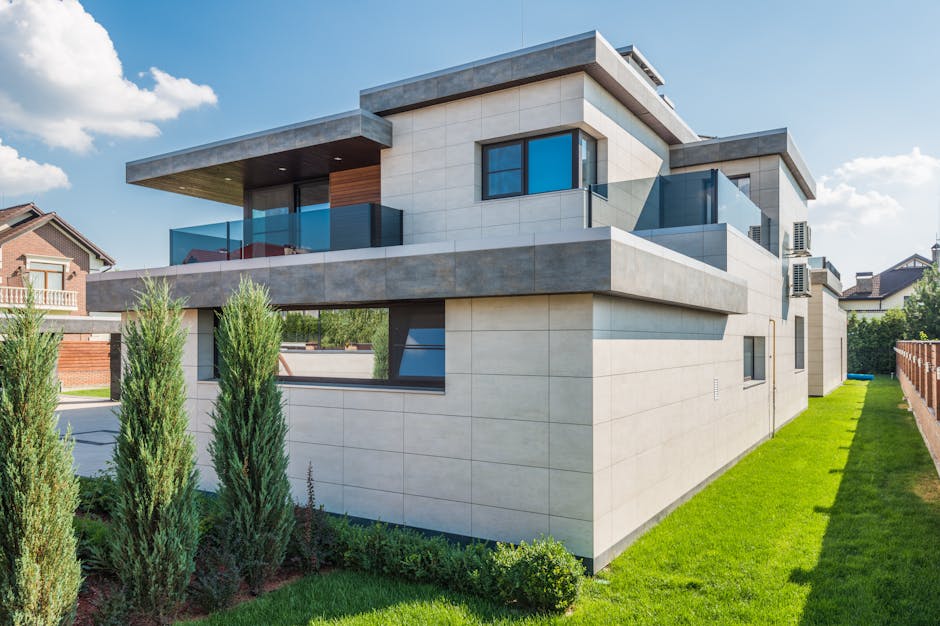
Why Quality Camera Equipment Matters in Real Estate Photography
For anyone searching for the camera equipment for real estate photography, this introduction gives you a quick answer. High-quality photos can make a property stand out in a crowded market. They can attract more potential buyers and leave a lasting impression. Here’s a quick list of essential gear for starting your real estate photography business:
- Camera Body: Digital SLRs and mirrorless cameras.
- Lens: Wide-angle and tilt-shift lenses.
- Tripod: Sturdy and reliable for stable shots.
- Lighting: Wireless flash and light stands.
- Advanced Tools: Drones and 360 cameras.
- Editing Software: Lightroom, Photoshop, and Da Vinci Resolve.
Real estate photography requires the right equipment to capture the best aspects of a property. Quality images help showcase a home’s unique features and make online listings more appealing. This article will guide you through the essential camera gear you need to kickstart your real estate photography business.
I’m Jeffrey Castillo, also known as digitaljeff. With over two decades in digital media and photography, I’ve helped brands shine through high-quality images. My experience with camera equipment for real estate photography has shown me the importance of using the right gear to deliver stunning results.

Essential Camera Equipment for Real Estate Photography
Camera Bodies
When choosing a camera body for real estate photography, the focus should be on DSLR and mirrorless cameras. These types of cameras offer the flexibility and quality needed to capture stunning interior and exterior shots.
Full-frame cameras like the Nikon Z6 and Sony A7 IV provide superior image quality and better performance in low light. These cameras also offer a wider field of view, essential for capturing spacious interiors. The Canon EOS 90D, although an APS-C camera, is still a solid choice for those on a budget. It offers excellent image quality and a versatile range of lenses.
Lenses
Lenses play a crucial role in real estate photography. Here are the types you should consider:
Wide-Angle Lenses: These are essential for capturing the full scope of a room. Lenses like the 14-30mm or 16-35mm are perfect for this purpose. They allow you to show the entire space without distortion.
Tilt-Shift Lenses: These lenses help in correcting perspective distortion, making them ideal for architectural shots. They allow you to keep lines straight, which is crucial for professional-looking photos.
Zoom Lenses: A versatile 24-70mm zoom lens can be handy for capturing details and exterior shots. It provides flexibility in framing and composition, which can be useful in various shooting scenarios.
Ultra-Wide and Prime Lenses: While ultra-wide lenses (going beyond 16mm) can be useful, they should be used sparingly to avoid unrealistic distortion. Prime lenses, on the other hand, offer superior sharpness and are great for detail shots.
Tripods
A sturdy tripod is a must-have for real estate photography. It ensures that your shots are stable and sharp, especially in low light conditions. Here are some options to consider:
Ball Heads: These are lightweight and easy to use, making quick adjustments a breeze. However, they lack the precision needed for architectural photography.
3-Way Pan-Tilt Heads: These provide more control over composition, allowing you to make precise adjustments. They are ideal for real estate videography as well.
Geared Heads: These offer the highest level of precision, making them perfect for interior and architectural shots. Although they are more expensive, they save time in post-processing.
Popular brands like Manfrotto, Gitzo, Benro, and Robus offer reliable and sturdy tripods. For instance, the Manfrotto 190X and 055X series are excellent choices, known for their durability and stability.
By investing in the right camera equipment for real estate photography, you can significantly improve the quality of your images, making properties more appealing to potential buyers.
Next, we’ll dive into the essential lighting and accessories that can further lift your real estate photography game.
Lighting and Accessories
Flash and Lighting
Wireless Flash: Adding a wireless flash to your toolkit can make a huge difference in your real estate photos. One popular choice is the Yongnuo 560III or 560IV hotshoe flashes. These are affordable and straightforward to use, making them perfect for beginners. Pair them with a Yongnuo 560TX radio transmitter/controller to wirelessly control the flash’s power. This setup allows you to bounce light off ceilings or directly illuminate areas with a diffuser like an umbrella.
Godox AD200: If you’re ready to invest a bit more, the Godox AD200 is an excellent medium-budget option. It offers more power in a compact size, making it portable yet effective. For even more power, consider the AD400 or AD600 models.
Bounce Flash: Bouncing flash off the ceiling is a simple yet effective technique to evenly light a room. Point the flash at an area behind the camera that’s out of the frame. This method creates a soft, natural light that improves the room’s appearance.
Flambient Photography: This technique combines flash and ambient light to create well-lit, natural-looking photos. Using a combination of one or two speedlights and sometimes a strobe, you can achieve professional results with balanced lighting.
Light Stands: A sturdy light stand is crucial for positioning your flashes. The Manfrotto 367B offers a 9’ extension, suitable for most indoor spaces. For smaller areas, the Manfrotto 5001B Nano is a compact option that fits tight spaces like bathrooms.
Remote Triggers and Other Accessories
Remote Trigger: A remote trigger helps you take shake-free photos. Many modern cameras support mobile apps for this purpose, but a basic cable release works just as well. Ensure it’s compatible with your camera and long enough for you to stand a few feet away.
Gray Card: Real estate photography often involves mixed lighting, which can mess up white balance. A gray card helps you set accurate white balance, ensuring consistent and natural colors in your photos.
Lens Hood: A lens hood can reduce flare from windows or interior lights, keeping your shots clear. For wide-angle lenses, use a short lens hood to avoid it showing up in the edges of your images.
Gaffer Tape: This multi-purpose tape is a lifesaver. Use it to secure curtains, remove pet hair from furniture, or even mark where your tripod legs should go. Unlike other tapes, gaffer tape leaves no residue.
Spirit Level: A spirit level ensures your camera is perfectly horizontal, which is crucial for architectural shots. Many tripods have built-in levels, but a standalone spirit level can be more accurate.
Memory Cards: Choose high-capacity memory cards like 32GB to avoid running out of space during a shoot. While speed is less critical for real estate photography, faster cards can speed up the workflow. Stick to SD or CF cards, depending on your camera’s compatibility.
By incorporating these lighting and accessories into your camera equipment for real estate photography, you can significantly improve your photos’ quality. Next, we’ll explore advanced tools and software that can further lift your real estate photography game.
Advanced Tools and Software
Drones and 360 Cameras
Drone Photography: Drones have become an essential tool for real estate photographers. They offer unique aerial perspectives that can showcase properties in a way ground-level photos can’t. The DJI Mavic 3 is a top choice for its excellent image quality and compact size. It delivers stunning 20MP photos and 4K video, making it perfect for high-quality real estate listings.
360 Cameras: For immersive virtual tours, 360 cameras are invaluable. The RICOH THETA series, especially the RICOH THETA SC2, allows you to capture panoramic views quickly and easily. This camera is user-friendly and integrates well with RICOH 360 Tours, enabling you to create virtual tours in as little as 5 minutes.
Drone License: Before you take to the skies, ensure you’re compliant with local regulations. In the U.S., you need a Part 107 license for commercial drone operations. Companies like Pilot Institute offer comprehensive test prep courses to help you pass the certification exam.
Editing Software
Once you’ve captured your images and videos, editing software helps you refine and perfect them.
Adobe Lightroom: Lightroom is an all-in-one photo editing tool that allows for quick and efficient adjustments. It’s ideal for real estate photographers because of its powerful batch processing capabilities, which can save you hours of editing time. Use Lightroom for tasks like adjusting exposure, correcting white balance, and enhancing colors.
Photoshop: For more advanced edits, Photoshop is indispensable. It offers tools for layer editing, sky replacements, and removing unwanted objects like Realtor signs. Combining Lightroom and Photoshop gives you a comprehensive editing workflow.
Da Vinci Resolve: When it comes to video editing, Da Vinci Resolve is a great choice. The free version is packed with features, while the Studio version offers advanced tools like noise reduction and lens correction. It’s user-friendly yet powerful enough for professional video production.
HDR Software: High Dynamic Range (HDR) photography is crucial for capturing the full range of light in a scene, especially in real estate. Photomatix Pro is a popular HDR software that helps you blend multiple exposures into a single, well-balanced image. This is particularly useful for interior shots with bright windows.
By incorporating these advanced tools and software into your camera equipment for real estate photography, you can significantly improve your workflow and the quality of your final images.
Conclusion
In summary, having the right camera equipment for real estate photography can make a huge difference in the quality of your work. From the camera bodies and lenses to tripods and lighting accessories, each piece of equipment plays a crucial role in capturing stunning property images.
Investing in a solid camera body like the Canon EOS 90D or Nikon Z6 gives you a reliable foundation. Pairing these with ultra-wide-angle lenses ensures you capture every detail of a room. A sturdy tripod and remote trigger help eliminate camera shake, making your photos crisp and clear.
When it comes to lighting, wireless flash systems like the Godox AD200 can provide the perfect balance of natural and artificial light. This is essential for creating well-lit and inviting photos.
For those looking to take their real estate photography to the next level, drones and 360 cameras offer unique perspectives that can set your listings apart. The DJI Mavic 3 and RICOH THETA SC2 are top choices in their categories, providing high-quality images and ease of use.
Editing software like Adobe Lightroom, Photoshop, and Da Vinci Resolve can streamline your workflow and improve your photos and videos. These tools are indispensable for making professional-grade adjustments and creating polished final products.
Importance of Gear
The right gear not only improves the quality of your photos but also makes your job easier and more efficient. High-quality images can attract more potential buyers, leading to quicker sales and happier clients.
Final Tips
- Start Simple: You don’t need to buy everything at once. Start with the basics and gradually upgrade your gear as you gain experience.
- Practice: The more you shoot, the better you’ll get. Experiment with different settings and techniques to find what works best for you.
- Stay Updated: Technology is always evolving. Keep an eye on new gear and software updates to stay ahead of the curve.
- Learn and Adapt: Take advantage of resources like the Unsigned Creator Community to learn new skills and improve your workflow.
By focusing on the essentials and continually honing your skills, you’ll be well on your way to becoming a successful real estate photographer.


